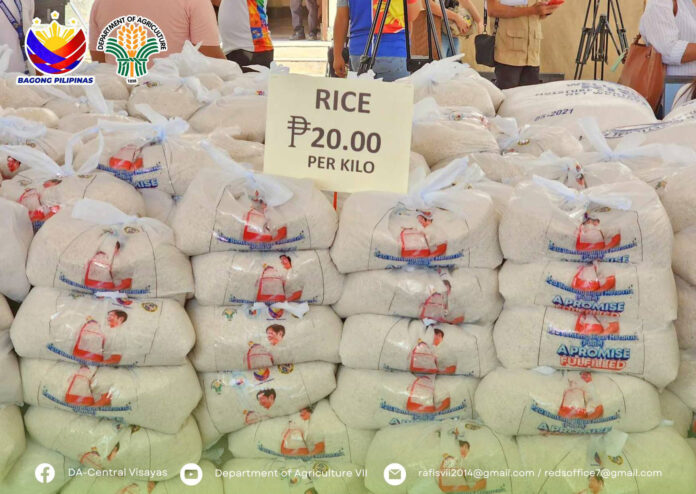Twelve Kadiwa ng Pangulo (KNP) centers across Metro Manila and nearby provinces will launch the expanded pilot of the “Benteng Bigas, Meron Na!” program on May 13, offering rice at just P20 per kilo to help ease the burden on low-income Filipino families.
The program was first introduced on May 1, 2025, in Cebu City as a six-month pilot in the Visayas.
Following President Ferdinand Marcos Jr.’s directive, the Department of Agriculture (DA) has significantly expanded the program, extending it until the end of his term in 2028.
“As promised, the sale of P20-per-kilo rice, first launched on Labor Day, will resume after the midterm elections. We paused the rollout to comply with the Commission on Elections’ 10-day spending ban beginning May 2,” said Agriculture Secretary Francisco Tiu Laurel Jr.
Defending the initiative from critics, Laurel emphasized that the program fulfills President Marcos’ campaign pledge and that the administration is determined to sustain it through 2028.
The program also helps decongest National Food Authority (NFA) warehouses, enabling the agency to purchase more palay from farmers at higher prices.
Originally limited to the Visayas, the program’s reach is now expanding to Metro Manila and nearby provinces, following a DA review confirming sufficient budget and stock availability.
Rice will be distributed through Kadiwa centers and local government units under the national food crisis emergency response.
Under the pilot setup, local governments and the DA’s Food Terminal Inc. (FTI) will jointly shoulder the P13-per-kilo subsidy.
Beneficiaries, identified by LGUs, will include vulnerable sectors such as solo parents, persons with disabilities, senior citizens, and 4Ps recipients.
Each household may purchase up to 30 kilos per month, in line with existing Kadiwa P20 rice limits.
The DA said 32 Kadiwa centers in Metro Manila, Bulacan, Cavite, Laguna, Mindoro, and Rizal will begin selling the subsidized rice by May 15, 2025.
The expanded rollout is expected to benefit up to 2 million households—or roughly 10 million Filipinos—by year-end, ensuring access to quality, affordable rice where it’s needed most.







